Colombia III: The Impossible Dream
- Yvonne O'Connor
- Nov 2, 2019
- 6 min read
We arrived in the colonial town of Villa de Leyva on a Sunday which was a good day for leaving the city but bad here because it was full of Bogota tourists up for the weekend. We were going round in circles looking for our B&B and everybody was staring at us. It was hot and uncomfortable on the cobblestones and tempers were getting frayed when we heard someone call our names. It was Olaf from Germany who we’d met in Costa Rica back in May. This was a lovely surprise as we’ve seen very few travellers like ourselves. They are out there but our paths haven’t crossed much and we’ve definitely never met the same person twice.

Olaf had teamed up with a Belgian called Jonas. We didn’t know him but he recognized us having seen our bike outside a hostel in Uvita, also in Costa Rica, in the summer. We arranged to meet later at the plaza for a beer and had such a good time ended-up spending the next few days together. We drove out to the countryside to take a hike but skipped it because the entrance fee was so expensive and it’s against Jonas’s principles to pay for a walk. At four times the local price, I had to agree. But the drive alone was worth ten hikes and we visited the Fossil Museum instead. The hills around here are packed with fossils and in 1977 a farmer found a giant Kronosaurus skeleton in his field and the locals built the museum around the exact spot where it was excavated. Unfortunately the old bones were out for repairs when we got there. I suppose when you’re 120-million-years-old you need the odd glue job now and then. We weren’t having much luck with the day’s activities but the Casa Terracota was open and we wiled away some time inside what felt like a giant teapot with a touch of Gaudi and Grimm thrown in. The architect eventually had to leave home because he got tired of waking-up to a crowd of people staring at him from the front lawn every day.
Slideshow:
It came time to move on, we were going north to Cartagena and the boys south to Bogota. We promised to meet again, sometime, somewhere but it still felt lonely after they’d gone. Monday was a holiday so we shuffled off to the plaza, where all things seem to begin and end, and sat on a bench drinking coffee. The kite festival was coming up and the children were practicing their flying, music was playing and families were strolling. It was lovely to be part of it all and when you think of the 400 years that had gone before us on this square, it felt quite the privilege to be there.
I'd been dreaming of warmer climes and got mesmerized by a photo of a white beach and turquoise water. We took a detour to Lago de Tota, but I forgot to check the altitude. In Colombia one should always check the altitude, otherwise you’ll find yourself going to the beach in wooly scarves and thick socks. We stayed in the town of Aquitania which was at 3,030 meters. There were no other guests in the small hotel and the manager couldn’t understand any of my Spanish, not even “what time is breakfast?” and I know I got that right. Our room was freezing and as usual the shower was cold. I have never got ready so quickly of a morning than I have at that hotel. However, I did get to visit my white beach, which the locals claim is the highest in the world, and it looked just like picture. It just didn’t feel like it. We drove around the entire lake, not all of it paved, and the shores were green and alive with yellow and purple wildflowers. Everywhere onions were growing, giving the air a summer salad-like smell.
In town we stood out like a sore thumb. Life at this altitude has its hardships. Fields were still being tilled with wooden ploughs and oxen and at night groups of workmen gathered on street corners, solemnly drinking beer. Only the church and plaza were brightly painted, the back streets were mostly red and brown brick in need of repair. Everyone wore brimmed hats and wool ponchos that looked like they’d come off the sheep yesterday. It was a world away from the light, white shirts and trousers worn in sunnier parts of the country and a big reminder of just how diverse Colombia really is. But we were glad we came and I think that long after the beauty of the lake is forgotten, what I’ll remember is the people of that town and the life they lived there.
Slideshow:
We continued north, passing fruit stands, police checkpoints and meeting and eating various animals. (After this trip I never want to see a chicken again. Ever.) Finding ourselves high above the Chicamocha Canyon. I was hanging out of the sidecar on every corner to catch glimpses of the meandering river below. In this section of road we weren’t that far from the Venezuelan border. Now and again we’d come across a few boys, or a family, walking with bulging backpacks. The road was narrow and they were miles from anywhere. I couldn’t imagine how it must be to pack a few belongings and simply walk out of your country, not knowing what was ahead and leaving everything familiar behind.
We got to Barichara and I was really enjoying this part of the trip because these colonial towns were more of what I’d imagined Colombia to be: old Spain in the new world. We were now in the Santander department, the weather was perfect and the countryside lush, green and infinite. Again we were the only guests in the hotel. It was at the bottom of a steep hill and our room had shuttered windows and a small balcony. Run by two women and 3 little girls, every afternoon a fierce amount of homework was done at the big table under the stairs and you never knew which child would hand over your room key. There was a baby too but it couldn’t reach the key hooks yet.
On the edge of town the street just dropped away and there was this panoramic view of the valley below. You could get a cup of coffee at the Mirador and sit on a high stool, listening to Cuban music while contemplating the vastness of Colombia before you. I think the greatest accomplishment of this trip is my newfound ability to reconcile the jolt of my coffee-drinking with the laidback pace of life around me.
Slideshow:
Close to this spot was the trailhead for the old road to Guane, a small village on the valley floor. The Camino Real was about 10 km and we got up at 6 AM one morning to walk it. Flat stones from the old road were still visible and the path was bordered by stone walls. The silence was broken only by the sound of birds and we felt a thousand miles from anywhere. Guane was tiny and the few people up and about were preparing for a funeral. We had a coffee in someone’s living-room / café while a herd of goats passed by. On the top of a hill, a small church crumbled while the village’s past residents lay in the cemetery next door, the living having rightly reserved the best view for those who have no choice but to contemplate it for eternity.
Guane:
Our last stop before Cartagena was Santa Cruz de Mompox, a Unesco World Heritage site. We had to turn off the main (a term I use very loosely here) road and missed it the first time because it looked like a red, dirt lane into someone’s house. It was pretty rough going and at one stage the road just disappeared and for a few seconds we were airborne. Luckily we were going slow and missed the group of small boys who just happened to be standing below. It was almost like they’d been waiting for two clueless travelers to come along and get the fright of their lives. There are always some little boys somewhere, laughing. Fran says they’re laughing with us but I know better.
Mompox was a lovely mixture of Indian and Spanish colonial architecture but brutally hot. There was plenty to entertain, like the Sunday morning soccer game and the teenage street aerobics class. When the heat got too much we’d sit on a cane rocker by the Magdalena river and drink cold mineral water. I know I wanted a slower life when I left home, and I wear the cane rocker well, but existence in these climates has me practically creaking to a halt. There was some relief at night but it came at a cost when the insects came out. Hundreds of them covered the street lamps and waiters handed out small straw brooms to swat them away. However, like many of life’s villains, by the time you see them, it’s already too late and in the morning you look like the victim of some biblical plague. I used to dream of living in places like this, in the heat of the sun under a swaying palm. After 10 months in such climates, I know for sure I couldn’t stay permanently. We won’t be settling in Mompox, or anywhere near the Caribbean coast. What a nuisance, now that the dream’s possible, I don’t want it anymore. Who could have known paradise came with so many side effects?


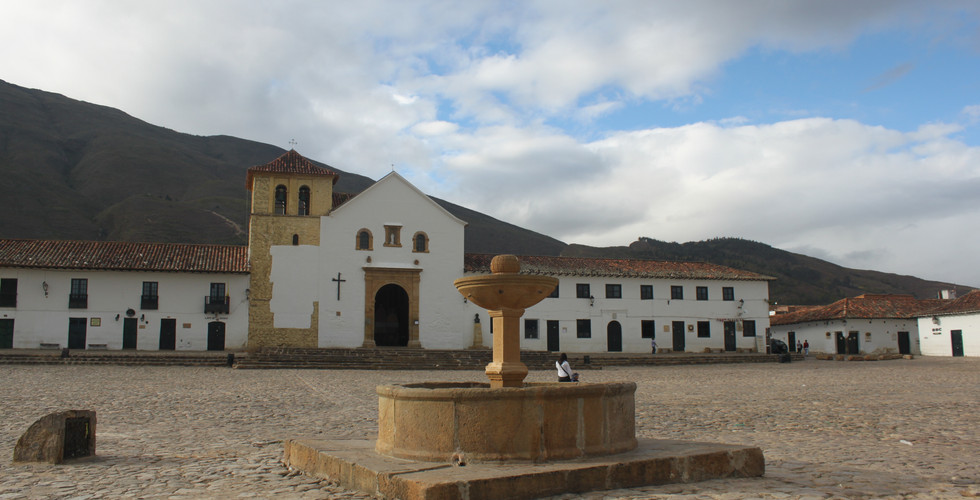















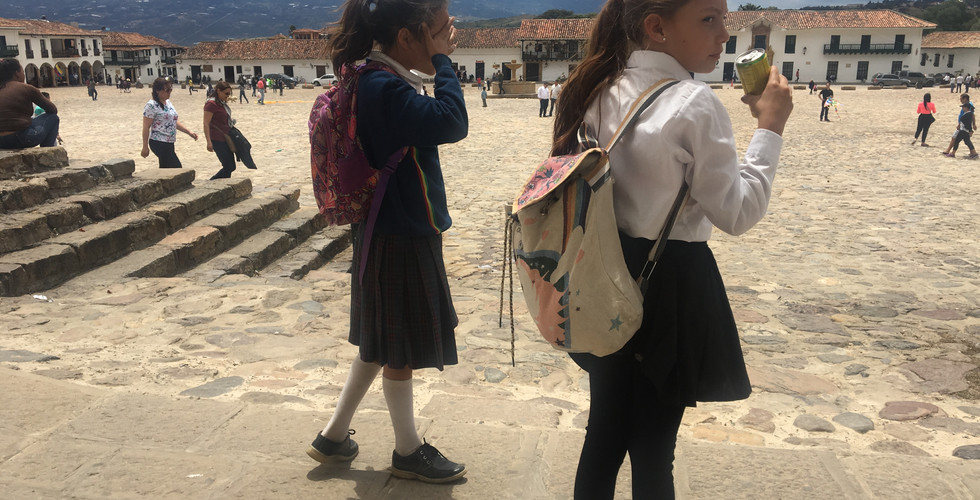





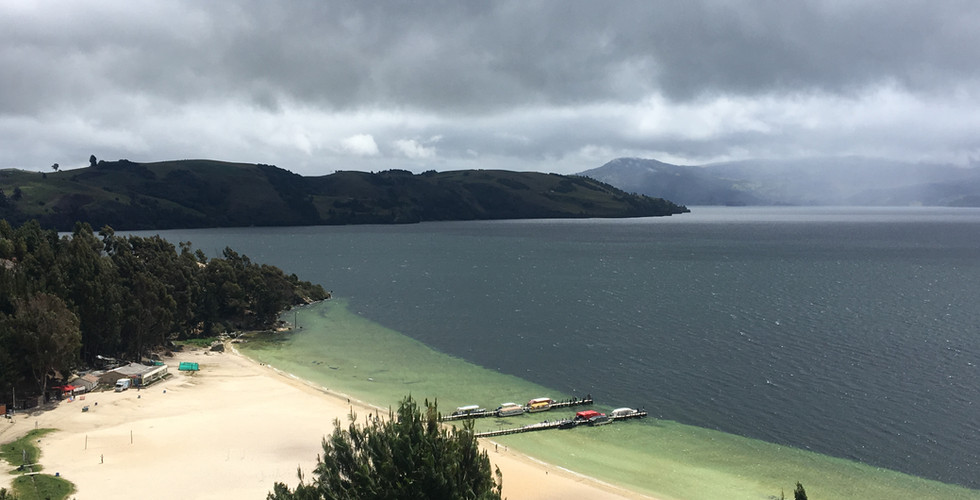



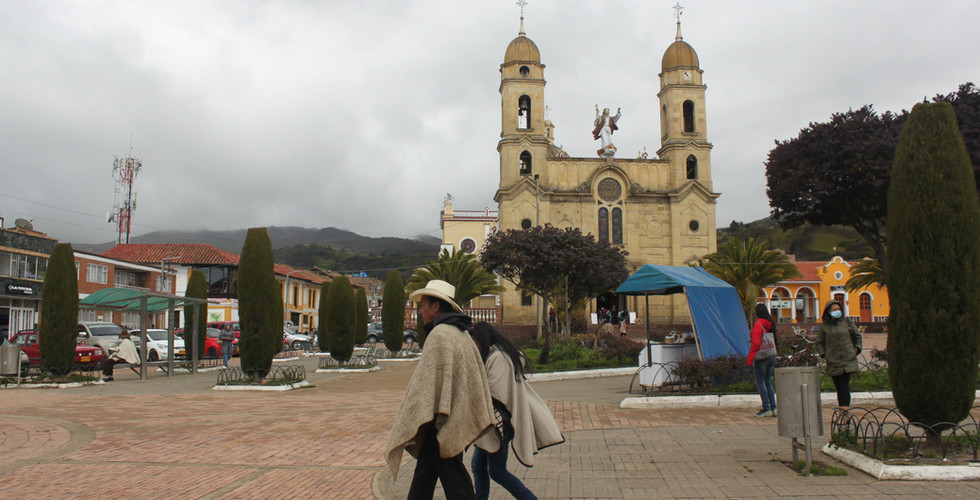















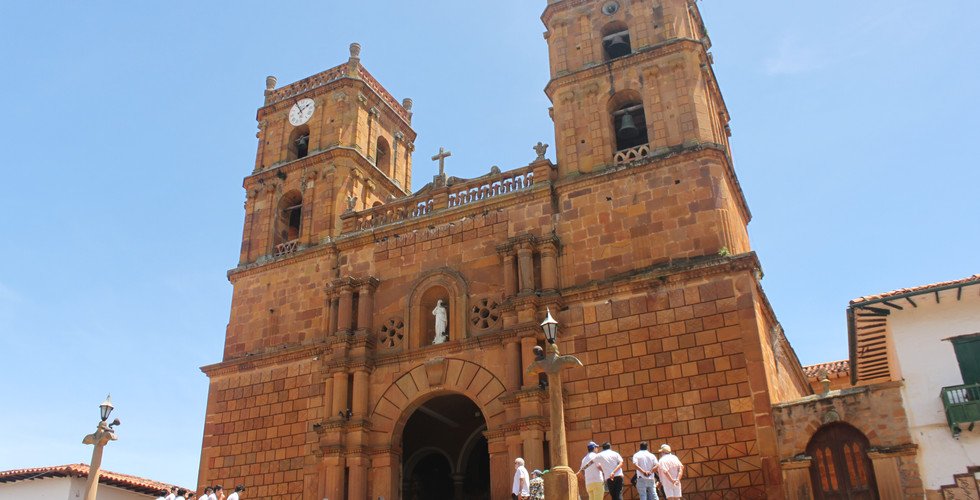

















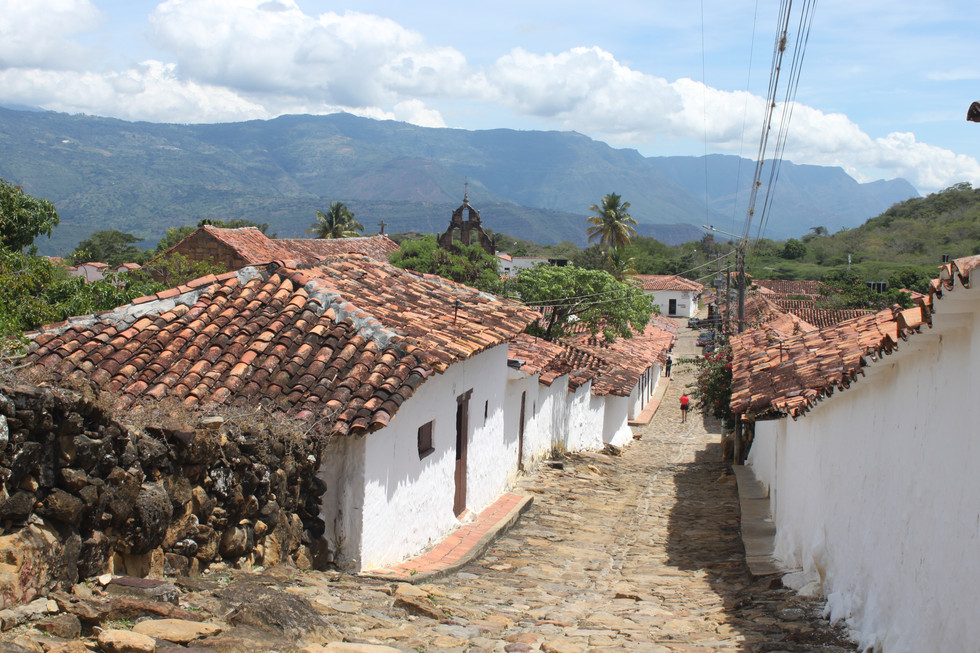








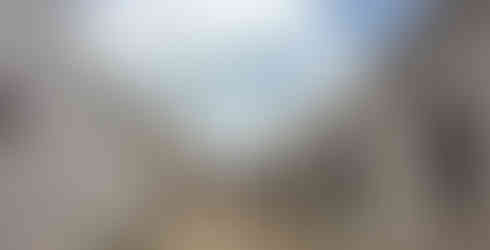








Comments